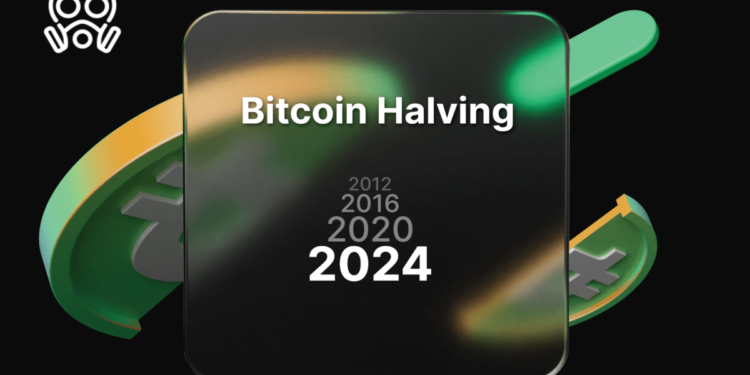There are less than two months left until the next Bitcoin (BTC) halving. Crypto investors are closely monitoring the price dynamics of the main cryptocurrency, which historically signals the beginning of a new bull market. Analysis of previous BTC cycles allows us to identify certain patterns and predict the movement of the asset’s price before and after halving.
Bitcoin (BTC) Price Could Drop to $45,000
Historically, halvings were preceded by a noticeable correction, which created the basis for the subsequent takeoff of the market. For example, in 2012, a few months before the event, the price of Bitcoin dropped by 50.78%. A similar picture was observed in 2016 and 2020: the BTC rate decreased by 40.37% and 63.09%, respectively.
Since the beginning of 2024, Bitcoin has grown by 21.17%, which has given rise to speculation about an impending bull market. However, if historical patterns are to be believed, the market can expect a potential correction below $45,000.
Bull Market Begins After The Bitcoin Halving
Since the halvings of 2012, 2016 and 2020, Bitcoin has seen staggering gains of 11,000%, 3,072% and 700% respectively. The rallies lasted from 365 to 549 days.
If the upcoming bull market continues on its current path, the price of BTC will peak in April or October 2025. But the question is When to sell BTC? A Well-known analyst in the crypto community, Plan B, shared a strategic approach to navigating the market, advocating buying Bitcoin 6 months before the halving and selling 18 months after it. Last year he said: “Bitcoin is at $30,000, so the strategy [assumes] a 4x increase in price. We’re waiting for the next buy signal, and we already know that the halving will happen around April 2024, so it’s worth buying it six months before that, around October. Then [BTC] will hit the market and stay there for another two years until October 2025,” the analyst added.
The Price of BTC & The Extreme greed

It is worth noting that in the previous cycle, the fear and greed index did not reach the extreme greed area before the halving and only rose above 75 when the BTC price reached $12,000. The first test of this resistance failed, and Bitcoin briefly fell below $10,000 in September 2020. If a similar situation occurs now, the asset could face a correction of about 21% to $41,000.
On the other hand, if the stock market were to experience a crash comparable to the events of 2020, BTC could fall approximately 62% and return to $20,000, which seems extremely unlikely in the current environment.
However, despite the fractal similarity, each Bitcoin cycle proceeds slightly differently. Perhaps the extreme readings of the fear and greed index will not end in a deep correction this time.
With spot ETFs approved by the US Securities and Exchange Commission, the oldest cryptocurrency is becoming an increasingly recognized and trusted global asset. This, in turn, reduces volatility in the broader cryptocurrency market, making deep corrections and absurdly sharp gains increasingly rare.












